

Discover more from Back Row
How Victoria's Secret Lost Its Way
"I think we're overestimating the consumer's desire to be associated with brands that they think are morally superior," said Lauren Sherman, co-author of a new book about the brand.
Victoria’s Secret has promised its upcoming fashion show will be “powerful” and “modern.” Cher will perform. Gigi Hadid and Candice Swanepoel have been cast. What remains unclear is if any of it will matter for a company that started losing its way more than a decade ago.
Prior to that, former Chief Marketing Officer Ed Razek had applied his rigid view of marketable sex appeal to Victoria’s Secret successfully for many years. His ideas failed to evolve even as online backlash fomented toward the brand over things like its “Perfect Body” campaign, featuring only thin models. In 2018, he faced further scrutiny for telling Vogue that Victoria’s Secret would never cast “plus-size” models or “transsexuals.” After he retired in 2019, the New York Times published an investigation into the brand’s “culture of misogyny,” detailing alleged misconduct by Razek. In my own reporting for Time in 2018, I heard stories about how Razek called models “thoroughbreds,” and how the women who worked at the brand couldn’t talk the men running it into evolving their dated idea of “sexy.” Then we started hearing about Victoria’s Secret’s former parent company L Brands founder Les Wexner’s association with financier and sex offender Jeffrey Epstein.
Victoria’s Secret, now a public company distinct from L Brands, has clearly been trying for a comeback in public perception. But how much did all of that scandal and controversy really hurt it? Not as much as you’d think, said Chantel Fernandez and Lauren Sherman, fashion journalists and authors of the new book Selling Sexy: Victoria’s Secret and the Unraveling of an American Icon. (I liked it so much, I blurbed it.) Fernandez and Sherman traced the brand’s rise as one of the first mass-market lingerie stores, and examined why — and how far — it really fell. I talked to them about their book and whether or not the October 15 fashion show, Victoria’s Secret’s first in six years, can really have an impact.
Victoria’s Secret has been getting some of the best press it’s gotten in a while. Sabrina Carpenter seems to love its vintage pieces, which are hot items. Is Victoria’s Secret back?
Fernandez: I think it’s important to remember that its sales never fell off a cliff. It just doesn’t have the cachet that it had before. It culturally means something different now, where Skims has taken up a lot of oxygen. But Skims is microscopic compared to Victoria's Secret, with less than $1 billion in sales. Victoria's Secret is more than $6 billion.
Earlier in Back Row
Is the brand just too big to fail?
Sherman: Retail is cyclical and it's also not predicated entirely on [consumer] sentiment. Kmart or JCPenney or a lot of these big box retailers have been in decline for 20 or 30 years. So yes, in a way, they were too big to fail because of the specific peculiarities of the lingerie market. It’s really hard to make a bra. They had a hold on manufacturing for many years. Also, you’re going to go to the same place to buy a bra. It’s not like, “Oh, new season, I need a new bra.”
Fernandez: If you think about an underwire bra with a molded cup — I think it's 35, 40 different components that go into each one. On top of that, think about sizing and inventory. This is not extra-small, small, medium, large, extra-large. Each style has so many different band and cup combinations. It's a really capital intensive business. And consumers don't want to spend $100 on a bra. It’s really hard to break into this market, and that's why I think we've seen challenger brands have such a hard time doing more than just nip at their heels.
When Les Wexner acquired Victoria's Secret in 1982, he already had a really sophisticated production and sourcing mechanism for the Limited [which he also owned]. And over the next two decades, they built a similar machine for Victoria's Secret. Many Skims bras are made in the same place as Victoria's Secret in Sri Lanka. But to get to get those factories and to get the best techniques and production, you really need volume and capital. And Wexner had that when he acquired Victoria's Secret.
Is Skims its biggest competitor now?
Sherman: I would say that they are the biggest threat to Victoria's Secret's market share. Aerie has probably taken what they're going to take of market share. Getting up to Victoria’s Secret’s sales is going to be hard. They're aiming towards IPO. When they start opening stores, that's going to really be the test. They have four. Victoria’s Secret has [1,350 worldwide].
Victoria’s Secret’s “Angels” really helped popularize the brand. Can you explain how that conceit started?
Fernandez: It began as a bra line. The commercial that they developed to promote it was one of the earliest television commercials that they had done. The idea was to replicate this Peter Lindbergh photograph of several models together, and these are our “Angels,” and then the wings were addd.
They incorporated it into the fashion shows with models wearing the wings, and it just took off. In the late nineties and early two-thousands when women like Gisele signed on and made a huge commitment to be the face of the brand, they started calling them Angels. And it became this really coveted modeling position in an industry that is really tenuous. Working for a luxury brand, you weren't going to have that kind of exposure and compensation. It became a rare opportunity for models to not only earn a lot of money, but have opportunities to talk to the public. And any model who's thinking, what am I going to do when this inevitably ends when I’m 24 knows, if I want to start a beauty brand, I'm going to need to have some kind of recognition.
You write in the book that their contracts included language about how they could be let go if they gained weight or got pregnant. What else was in their contracts?
Fernandez: If you were an Angel in the Gisele era, certain days you're marked for catalog, for the show. It could take up a lot of your year. Someone like Gisele was working constantly to fulfill that contract and also her other work for luxury brands. It was an intense job. And then around 2010, I think the contract reset down a bit so that there was a standard payment of $1 million a year for your first year. And I think that stayed until the Angels were wound down.
Sherman: In the Supermodels documentary, they talked about Christy Turlington's Calvin Klein contract, which was an exclusive contract. I think that as the era of the supermodel waned, Victoria's Secret became a new place for that kind of steady-income work.
Gisele was the highest paid Angel ever. She said that Victoria’s Secret made up 80 percent of her income at one point, and she reportedly walked away in 2007 after the brand didn’t pay her the $10 million annually she sought. Was it worth the investment?
Fernandez: It was worth it, because they were suddenly in the high-fashion world in terms of models. Anyone would want to share the runway with her, it would be a boost for their career. Even when she left, that legacy remained. Every time there would be an article about so-and-so being named an Angel, she'd be like, “To join something that Gisele was a part of is a dream.” It always got brought up.
What was the turning point for Victoria’s Secret? When did it all start going downhill for them?
Sherman: It was foreshadowed with the rejection of the bralette. Their business was doing super-well in 2013 through 2015 when the bralette became a big thing. There was internally a push from certain [women] executives saying, “People are abandoning underwire, we need to go for it.” Wexner rejected that. He was always so good at taking the temperature of where the consumer was going and understanding what the consumer wanted. Around 2009, 2010 is when people stopped saying no to him. There was a lack of strong executives who could push back on him. When Sharen Jester Turney left as CEO in 2016, Wexner took over for her a bit, and that’s when things started to go awry.
Yes, the marketing was engaging and it was controversial, and it's the thing we all talk about, but what it comes down to is they were not selling the one item of intimates that people were actually buying, because they didn’t think it went with the brand.
Fernandez: They did have bralettes, but they weren’t advertising them. The whole Victoria’s Secret look was a molded cup, underwire bra, probably with padding. What the bralette represents is this huge consumer shift that only accelerated during the pandemic, where women were saying, Comfort is my number one priority, not sexiness, not aesthetics. That was a really difficult shift for them to manage.
How did Jeffrey Epstein come into Wexner’s life and did he have anything to do with Victoria’s Secret?
Sherman: They were introduced in the eighties by a finance industry person. Epstein already had a reputation for being able to handle people's private wealth. And he started doing that for Wexner. He was spending more time in New York and wanted a sort of entree into the upper echelon of New York. I think he felt like Epstein would make him some money and understood that world.
Wexner gave Epstein power of attorney around 1990, which is something that you give a family member or a lawyer that you've been working with for a long time. Wexner's mother had some real issues with it, and in the end, it ruined their relationship. They had been extremely close. But Wexner had said, “If you knew how much money he made me, you would understand.”
Epstein was not involved in Victoria's Secret day-to-day, but some of the executives met him and were like, “Oh, I forgot about him until 2018.” Now there are all these reports that he was using Victoria's Secret to lure women, saying that he was a modeling scout. In the nineties Limited Brands restructured. [Ed. note: It became “L Brands” in 2013.] So the spinoff of Abercrombie and Fitch, the spinoff of the lingerie brands from Limited Brands, these things made Wexner much richer, according to the executives we talked to. Epstein was involved in those things.
Something I think about with some of these people is why they need more money. Do you ever wonder that?
Fernandez: It’s not about money for him.
Sherman: It's about showing that he can do it. And building things. He is a real builder. He's an entrepreneur in the purest sense of American entrepreneurship.
You reached out to Ed Razek for comment about the stories of his misconduct, including trying to kiss models and him adjusting Elsa Hosk’s underwear in a fitting by running his finger inside the elastic edge. He called it “fake news.” He was very close to and trusted by Wexner. Do you see a connection between that and this alleged behavior?
Fernandez: Razek is a really interesting character. People who worked with him said he was really shrewd and understood how to break through the noise and reach people, and the rules of retail — the idea that you need to walk into a store and understand immediately what it stood for.
Sherman: The more power people have, the less they are told no. I think his misfire with that Vogue interview was his attempt to say, “I'm right and you're wrong.” He was finally being threatened, and that was his way to be like, “No, I'm still allowed to say whatever I want.” The reality was that he took the fall.
There was this anecdote within the company that Wexner was always like, “Right again, Eddie. Right again, Eddie.” He sucked up to Wexner, but Wexner also really trusted him. It turned out Wexner was going to save himself before he saved Razek.
The Victoria’s Secret Fashion Show is coming back for the first time in six years. It used to air on television, but this year it’s streaming on Amazon Prime, YouTube, and social media. Based on the marketing, which looks dated, they seem to be reaching back to that old idea of “sexy.” Can this show really come back and what will you be looking for as you watch it?
Sherman: I think we're overestimating the consumer's desire to be associated with brands that they think are morally superior. Just two years ago, there was that song about Victoria's Secret [by Jax, skewering its body image standards]. Yet, if all the consumers on TikTok are buying Victoria's Secret bras, they're going to buy Victoria's Secret bras. I don't think that Victoria's Secret needs to apologize for everything that they've done. They've tried apologizing for it through woke marketing and that didn’t work.
I’m interested in Emmanuelle Alt styling it. She was the editor-in-chief of French Vogue, which for many years was the number-one in chic and also is a very accomplished runway stylist. So I'm interested to see how she approaches it. But I don't know if it's going to give them the marketing impact that they want. They have a new CEO [Hillary Super, former CEO of Savage x Fenty], who I'm sure is looking at all this and working with new branding people. But their online marketing, the Instagram videos, TikTok — it's really, really bottom-of-the-barrel right now. If the new CEO was given a choice to do this, would she be putting so much money into a runway show? She has a pretty modern way of doing things.
Fernandez: I’m curious to see if the conversation at all is about the actual products. When was the last time you heard someone say, like we hear with Skims all the time, “This bra is actually really comfortable”? That conversation's not happening.
This conversation has been edited and condensed.
Buy Selling Sexy: Victoria’s Secret and the Unraveling of an American Icon, out October 8. Follow Chantel Fernandez and Lauren Sherman on Instagram, and read more of their work over at The Cut and Puck, respectively.





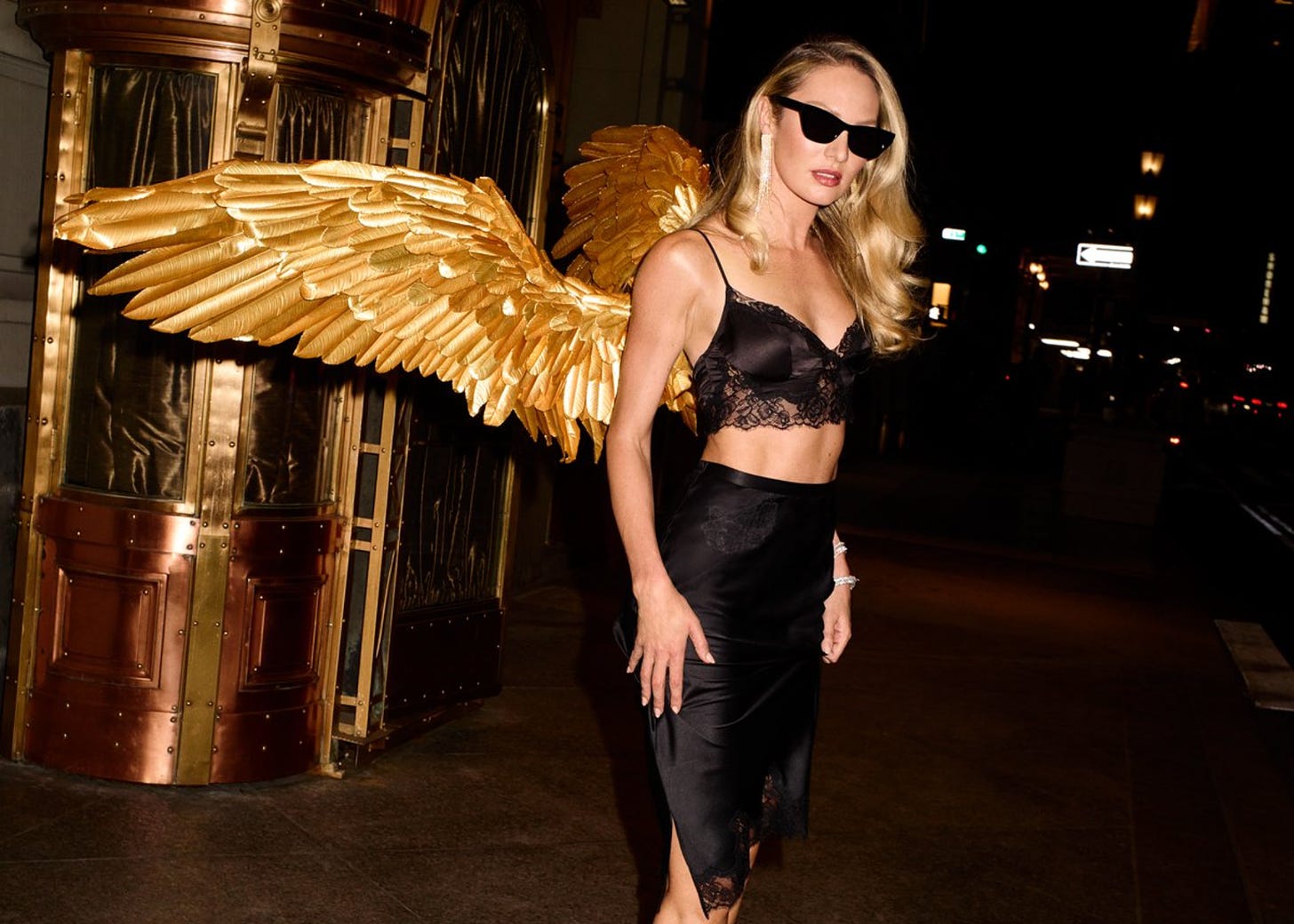
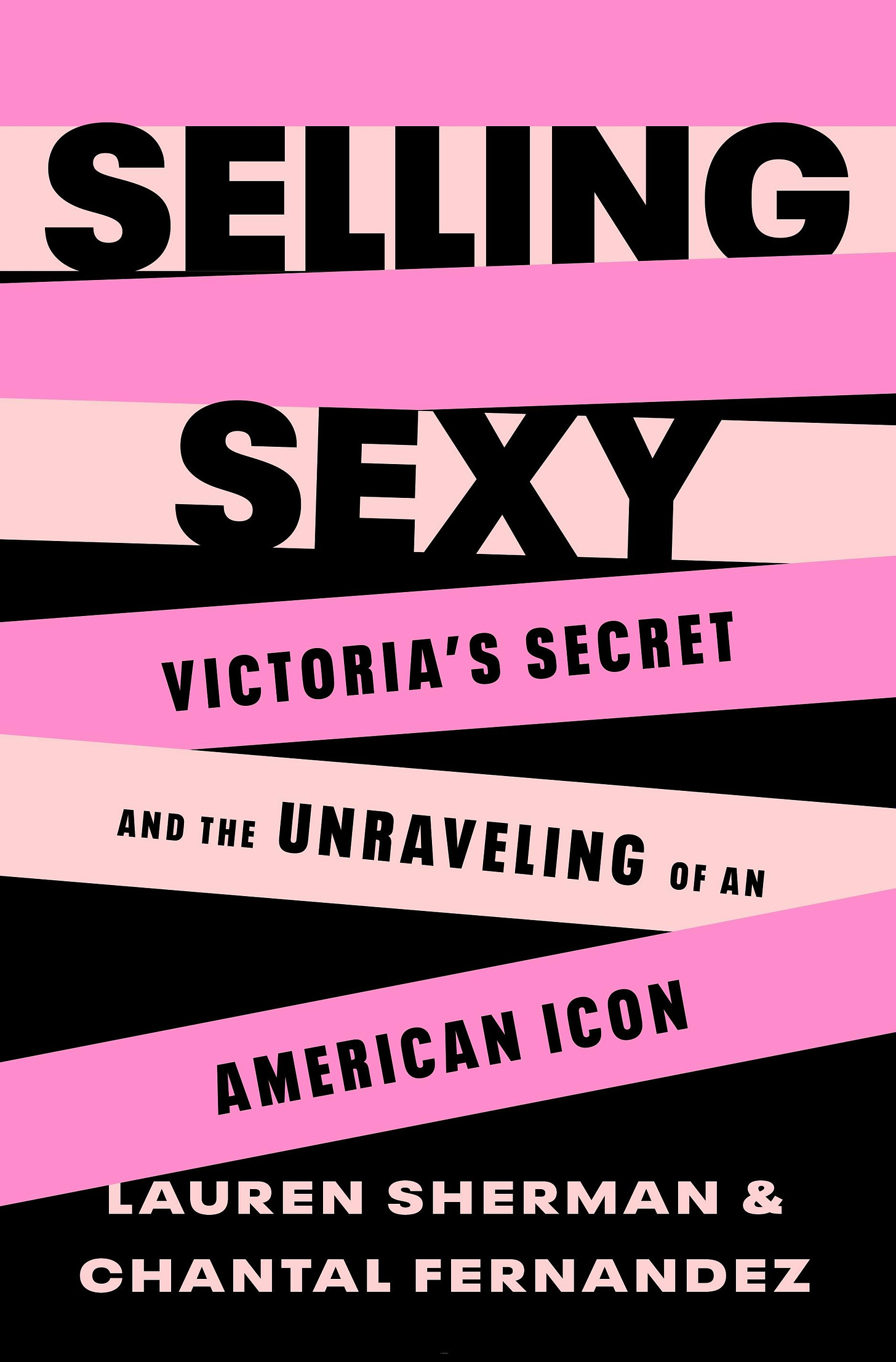

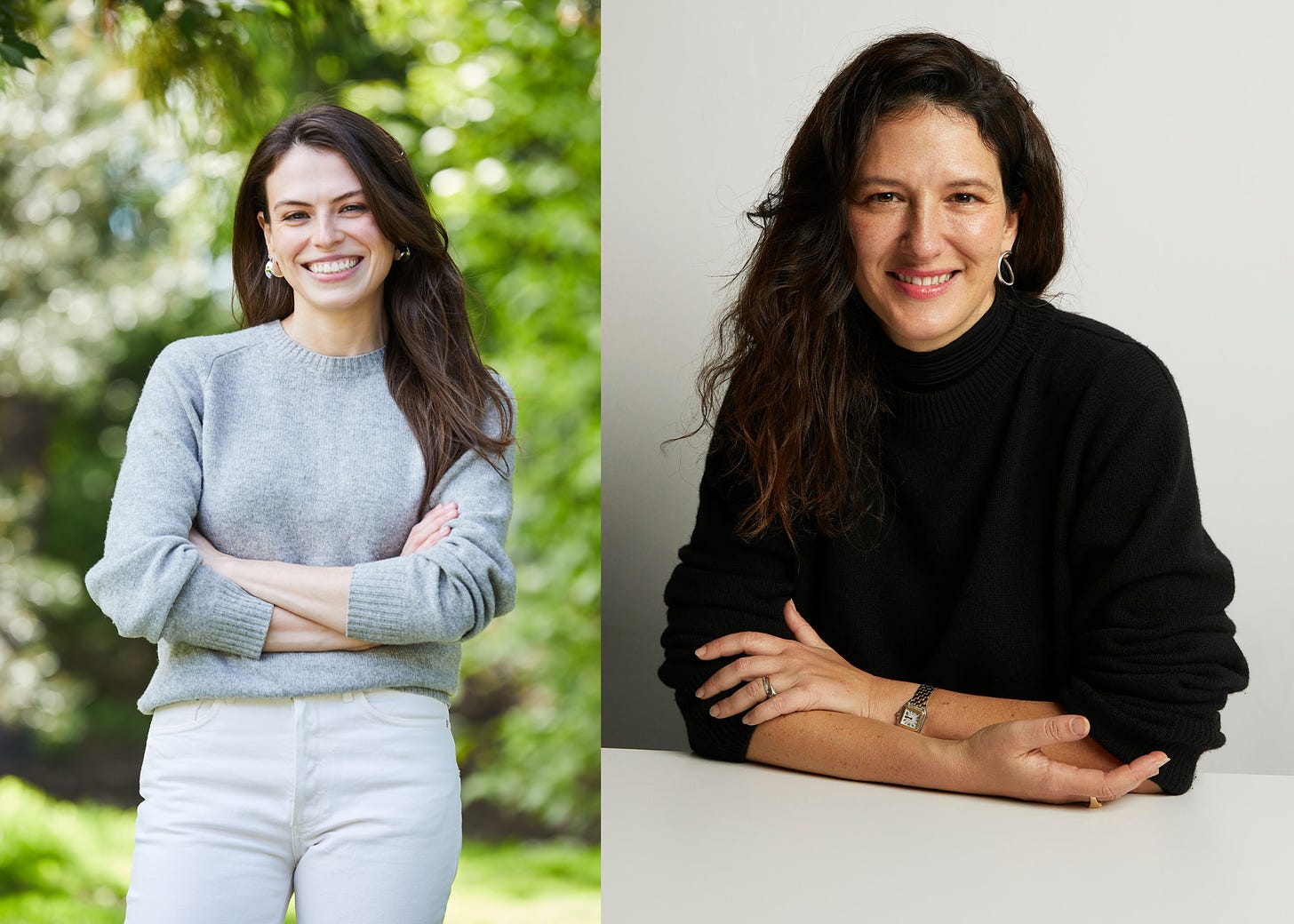





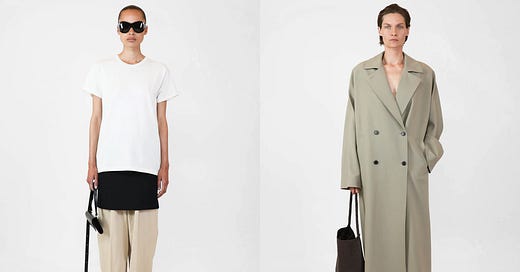

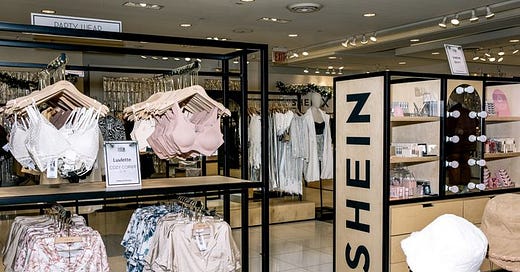



Anyone else work at VS circa 1992? I remember the classical music, Victorian wallpaper, and the best seller Canterbury nightgowns :) Amazing how much has happened since then!
I used to really dislike Victoria’s Secret when I was younger for all the reasons a teen girl discovering feminism would lol. Now it’s just like…..there. Reading this has made me realize how ambivalent I’ve grown towards its continued existence through big cultural shifts. Maybe, to reference Razek’s thought, I don’t understand what exactly they as a retailer stand for anymore. It was almost easier to have a perceived “enemy” brand that I could just not identify with than it is to decipher their moving politics haha